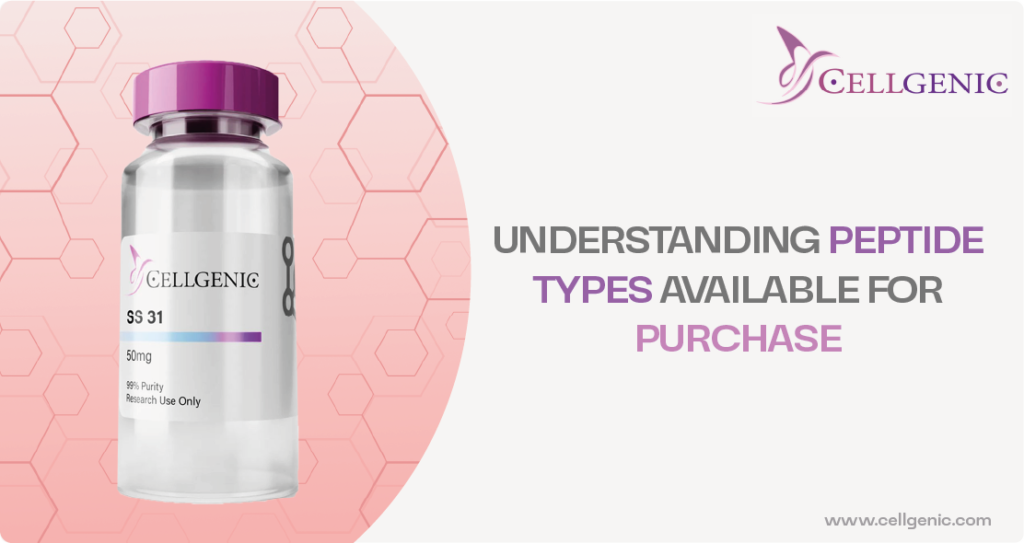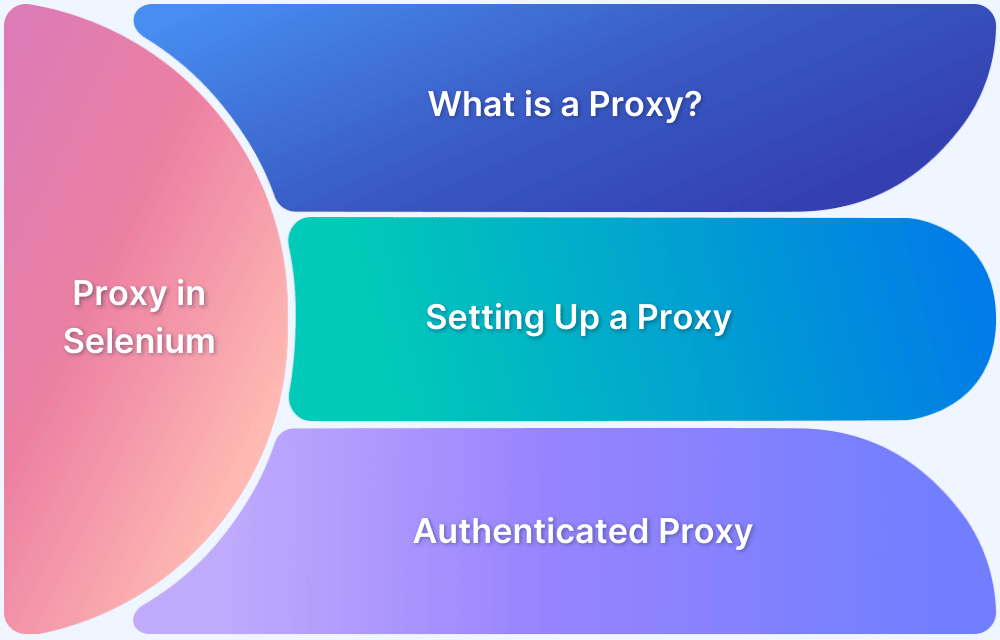Research peptides are the unsung heroes behind many breakthroughs in biochemistry, medicine, and sports science. Yet, not every batch on the market meets the rigorous standards that labs, universities, or biotech start-ups need. A single impurity can skew results, waste months of work, or even create safety concerns. This is why every scientist, purchasing manager, or curious investigator should know how to confirm purity before the order is placed.
In this guide, you will learn simple but powerful ways to verify the quality of research peptides and how to spot trustworthy peptide manufacturers. The advice is practical, jargon-free, and written for anyone who wants to protect both their budget and their research.
Why Purity Matters in Research Peptides
Imagine a lab that studies how a certain peptide affects muscle growth. If the sample contains only 92 percent of the correct molecule and 8 percent unknown by-products, the data will be unreliable. Worse, the unknown 8 percent might trigger side reactions that the researchers never anticipated.
High purity is not just an academic preference. It is essential for:
- Reproducible experiments
- Accurate dosing in animal studies
- Reliable comparisons across different publications
- Regulatory compliance when moving toward clinical work
By taking a few extra minutes to check purity, buyers save weeks of troubleshooting later.
What Does “Purity” Really Mean
Purity is usually shown as a percentage on a Certificate of Analysis (COA). A figure of 98 percent means that 98 percent of the detected material is the intended peptide chain. The remaining 2 percent can be deletion sequences, oxidized forms, residual solvents, or counter-ions.
Most peptide manufacturers who serve the research market set their standard at 95 percent or higher. Anything below 90 percent is rarely acceptable for serious research.
Key Steps to Confirm Purity Before Purchase
- Ask for a Certificate of Analysis (COA)
A reputable supplier will always provide a COA that lists:
- Purity percent
- Molecular weight verification
- Sequence confirmation
- Chromatogram and mass spectrum
- Date of analysis and batch number
If a supplier hesitates or claims the COA is “confidential,” that is a red flag.
- Check Which Lab Performed the Testing
Third-party testing is more reliable than in-house testing because the lab has no incentive to inflate numbers. Well-known names in peptide analytics include:
- Janoshik (Slovakia)
- Intertek (global)
- SGS (global)
Some peptide manufacturers post COAs from these labs directly on their websites. Others will email them within 24 hours. Either way, the buyer should verify that the lab logo and contact details appear on the report.
- Understand the Main Testing Methods
You do not need to be an analytical chemist, but knowing the basics helps you ask smarter questions.
High-Performance Liquid Chromatography (HPLC)
HPLC separates the peptide from impurities by passing the sample through a special column. The chromatogram shows a tall peak for the main peptide and smaller peaks for contaminants. A clean, narrow main peak indicates high purity.
Mass Spectrometry (MS)
MS confirms that the molecular weight matches the theoretical value. If the observed mass is off by even one unit, the product may be a different peptide or contain unwanted modifications.
Peptide Content (Net vs Gross)
Some COAs list “peptide content” separately. This number tells you how much of the powder is actually peptide versus salt or moisture. A value of 80 percent peptide content is normal; anything lower suggests excessive salt or water.
Red Flags That Signal Low Quality
Even if a website looks professional, buyers should watch for these warning signs:
- No COA available or only a partial screen shot
- COA dated several years ago
- Purity listed as “>95 percent” without an exact figure
- Name or address of the testing lab blurred out
- Unusually low prices compared to other peptide manufacturers
When in doubt, request the raw data files. A serious supplier will gladly share them.
Verify the Source, Not Just the Report
A perfect COA is meaningless if the product you receive does not come from the tested batch. Look for these safeguards:
- Tamper-evident seals
- Batch number printed on the vial and matching the COA
- QR code or link to an online verification page
- Cold-chain shipping with temperature log for sensitive peptides
Top-tier Research peptides vendors often photograph each batch prior to shipment so customers can cross-check labels.
Ask About Quality Control Practices
Good peptide manufacturers run several layers of control:
- Raw material inspection of amino acids and resins
- In-process monitoring during synthesis
- Final purity screening by HPLC and MS
- Microbial and endotoxin tests for sterile products
- Stability testing to confirm shelf life
Do not hesitate to ask for a summary of these steps. A transparent supplier will outline them in plain language.
Practical Tips for First-Time Buyers
Tip 1: Start Small
Order the smallest vial or a sample pack. Run your own in-house HPLC check if possible. Once the quality is confirmed, scale up with confidence.
Tip 2: Use Search Engines Wisely
Search for the company name plus the word “COA” or “purity.” Independent user forums and Reddit threads often reveal honest experiences with specific peptide manufacturers.
Tip 3: Compare Reports From Two Suppliers
Side-by-side COAs can highlight differences in purity, salt form, or moisture content. The extra comparison takes only a few minutes but can prevent costly mistakes.
Tip 4: Keep Documentation
Store COAs, batch numbers, and shipping receipts for at least two years. This habit is invaluable if you later need to repeat an experiment or file a complaint.
Case Study: How One Lab Avoided a Costly Error
A European biotech firm needed a custom 30-amino-acid peptide for receptor binding studies. They requested quotes from three peptide manufacturers. Supplier A offered the lowest price but provided an in-house COA only. Supplier B sent a third-party COA showing 96 percent purity. Supplier C also used a third-party lab and showed 98.7 percent purity along with full raw data.
The firm chose Supplier C, paid ten percent more, and received a product that matched the report exactly. Months later, when they repeated the study with a second batch, the results were identical, saving them from repeating months of cell culture work. The small extra cost at the start saved thousands in wasted reagents and time.
Common Misconceptions About Peptide Purity
Misconception 1: “Lyophilized powder looks white and fluffy, so it must be pure.” Reality: Color and texture reveal nothing about chemical purity.
Misconception 2: “If the peptide dissolves quickly in water, it is clean.” Reality: Solubility depends on sequence, not purity. Some impurities actually help dissolution.
Misconception 3: “Price always equals quality.” Reality: Some vendors overcharge for mediocre product. Always verify the COA no matter the price.
The Role of Trusted Peptide Manufacturers
Reliable peptide manufacturers act as partners, not just sellers. They invest in:
- Modern GMP or ISO-certified facilities
- Continuous staff training
- Regular audits by external experts
- Clear, honest communication with customers
When buyers choose such partners, they gain more than a product. They gain a supply chain that supports reproducible science and long-term project success.
Quick Checklist Before You Click “Buy”
- COA issued within the last twelve months
- Third-party lab clearly named
- Exact purity given (for example, 98.2 percent)
- Batch number on vial matches COA
- Shipping method protects against heat and moisture
- Supplier offers responsive customer service
Print this list or keep it on your phone. It takes less than two minutes to run through it, and it can save weeks of frustration.
Final Thoughts
Research moves fast, but cutting corners on purity can slow progress to a crawl. By asking for up-to-date COAs, understanding basic testing methods, and partnering with reputable peptide manufacturers, buyers ensure that every experiment starts on solid ground.
Whether you are a graduate student running a pilot study or a procurement officer sourcing research peptides for a multinational corporation, the principles are the same. Verify first, trust second, and document everything. Your future self (and your future publications) will thank you.




